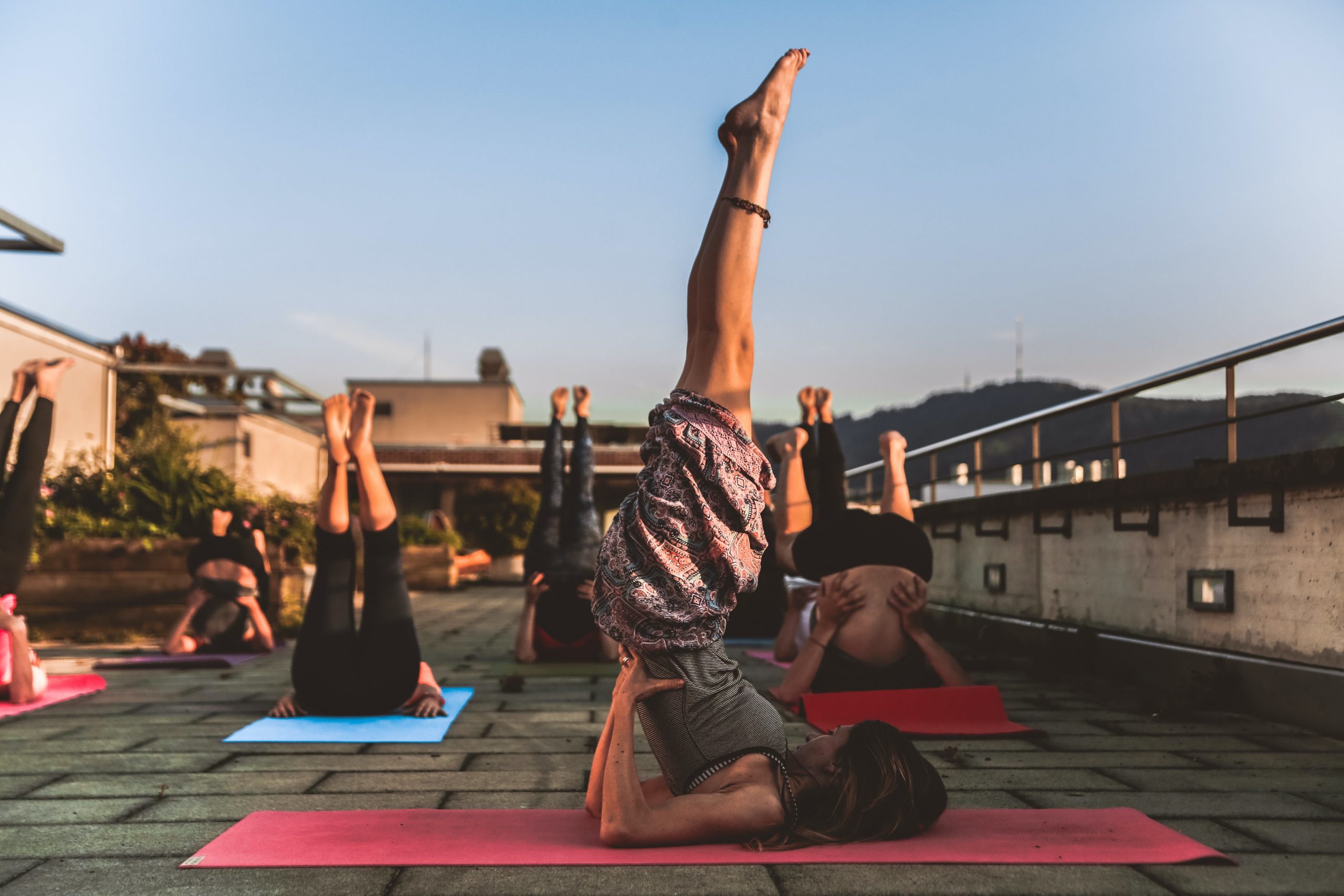In the pursuit of healthy skin, various skincare routines and beauty products take the spotlight. However, an often-overlooked aspect of achieving that coveted glow is the connection between yoga and skin health.
The ancient practice of yoga extends beyond physical fitness, reaching into the worlds of mental and emotional well-being.
In this article, we’ll unravel the profound relationship between yoga and radiant skin, exploring the physiological and psychological mechanisms that contribute to a complexion that radiates vitality.
The Mind-Body Connection
Yoga is more than just a series of physical postures; it is a holistic practice that emphasizes the integration of the mind, body, and spirit. This mind-body connection is a fundamental aspect of yoga that plays a crucial role in promoting overall well-being, including skin health.
Through various yogic techniques such as deep breathing, meditation, and mindfulness, practitioners can reduce stress levels. Stress is a well-known contributor to skin issues, including acne, eczema, and premature aging. By fostering a sense of inner calm and tranquility, yoga helps to alleviate stress, positively impacting skin health.
Improved Blood Circulation
The physical postures, or asanas, practiced in yoga enhance blood circulation throughout the body. As blood flow increases, more oxygen and nutrients are delivered to the skin cells, promoting a healthier complexion.
Poses like inversions, where the head is positioned below the heart, can be particularly beneficial for blood circulation to the face. Improved circulation helps flush out toxins and waste products, contributing to clearer and more radiant skin.
Detoxification Through Sweating
Many forms of yoga involve a combination of dynamic movements and static postures, leading to increased body heat and, subsequently, sweating. Sweating is the body’s natural mechanism for detoxification, eliminating impurities through the pores.
As toxins are expelled through sweat, the skin is cleansed from within. This detoxification process can contribute to a clearer complexion, reducing the likelihood of breakouts and promoting a healthy skin microbiome.
Stress Reduction and Cortisol Regulation
Chronic stress can lead to an overproduction of cortisol, commonly known as the stress hormone. Improved cortisol levels are associated with various skin issues, including inflammation, acne, and a breakdown of collagen.
Yoga, with its emphasis on relaxation and stress reduction, helps regulate cortisol levels. By bringing the nervous system into balance through practices like meditation and deep breathing, yoga mitigates the harmful effects of chronic stress on the skin. This, in turn, contributes to a more youthful and radiant complexion.
Enhanced Flexibility and Facial Tension Release
Certain yoga poses focus on stretching and releasing tension in the facial muscles. As practitioners move through poses that involve facial expressions and engage facial muscles intentionally, they promote flexibility and reduce tightness.
Facial tension is a common contributor to wrinkles and fine lines. Through yoga, individuals can enhance the elasticity of facial muscles, diminishing the appearance of lines and promoting a smoother, more radiant skin texture.
Conclusion
The connection between yoga and radiant skin is a testament to the holistic nature of this ancient practice. By addressing both the physical and mental aspects of well-being, yoga offers a comprehensive approach to achieving a glowing complexion. From improved blood circulation and detoxification through sweating to stress reduction and cortisol regulation, the benefits of yoga extend beyond the mat and into the world of skincare.
FAQs
Q1: How often should I practice yoga for visible improvements in my skin?
Consistency is key. Aim for at least 2-3 sessions per week to experience the cumulative benefits of improved blood circulation, stress reduction, and enhanced flexibility.
Q2: Can any style of yoga provide benefits for skin health?
Yes, various styles of yoga, including Hatha, Vinyasa, and Kundalini, can contribute to improved skin health. Choose a style that resonates with you and incorporates a combination of physical postures, breathwork, and meditation.
Q3: Are there specific yoga poses that target facial tension?
Yes, poses like Fish Pose (Matsyasana), Lion Pose (Simhasana), and the wide-eyed gaze in some seated postures can help release tension in facial muscles. Incorporate these into your practice for enhanced facial flexibility.



